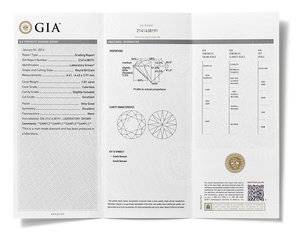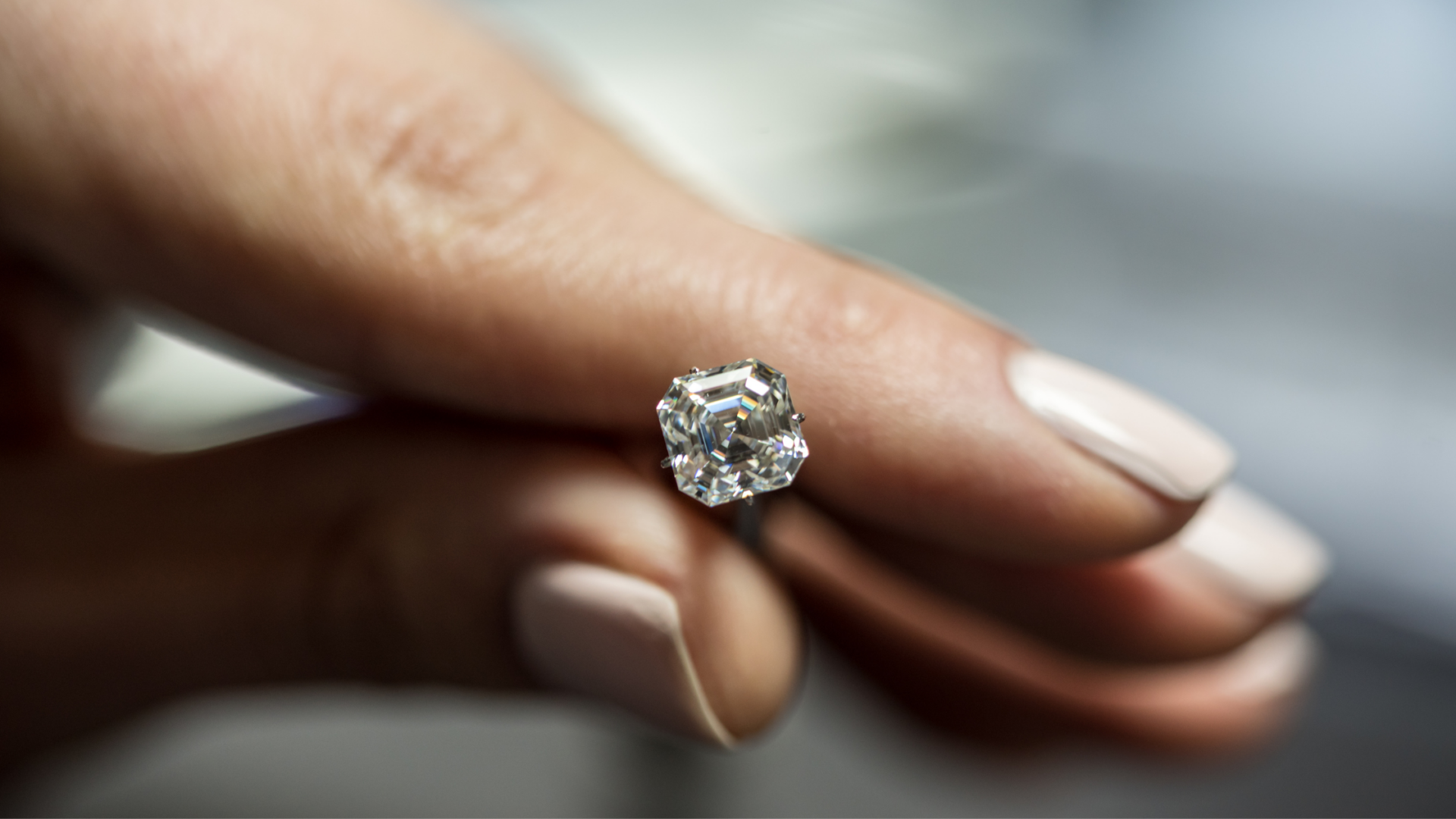Ilovecarbon
Rough_Rock
- Joined
- Jan 20, 2018
- Messages
- 34
So everything I've read says GIA doesn't grade lab grown diamonds, but when I look at GIA's website, they say they do. Now I'm confused. I know IGI and GCAL grade most of them. My question is: Is that something I have to submit myself (like I buy one and submit after the fact)? Or is there someone selling GIA graded lab grown?





300x240.png)